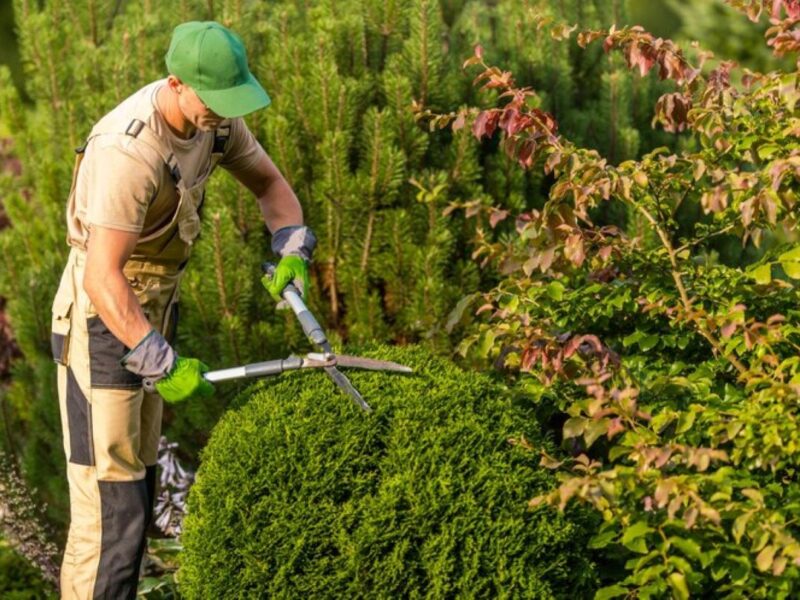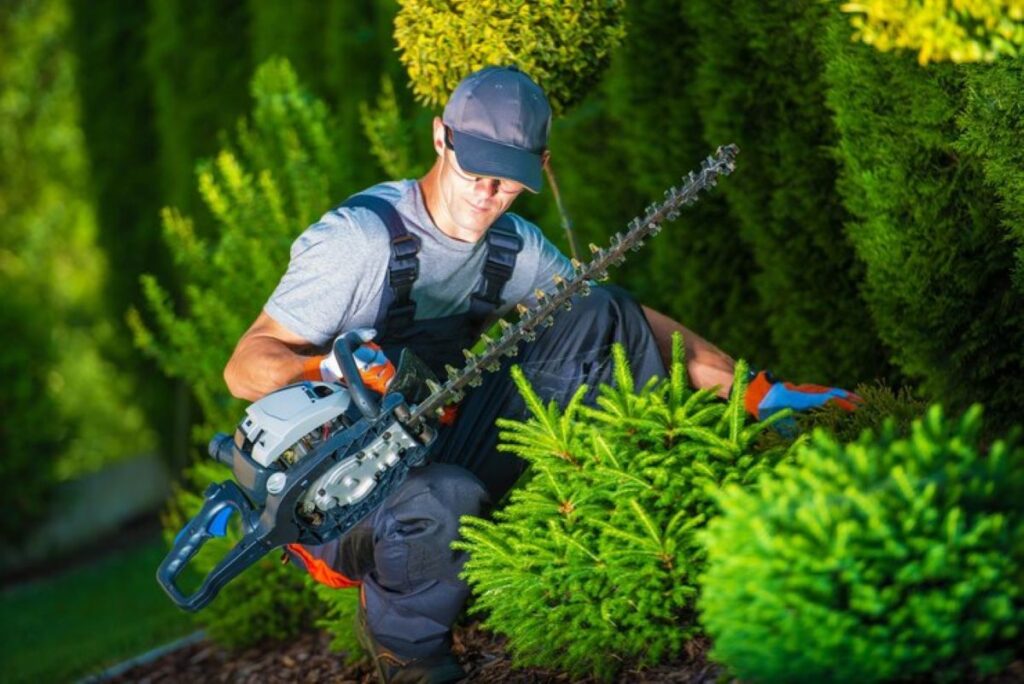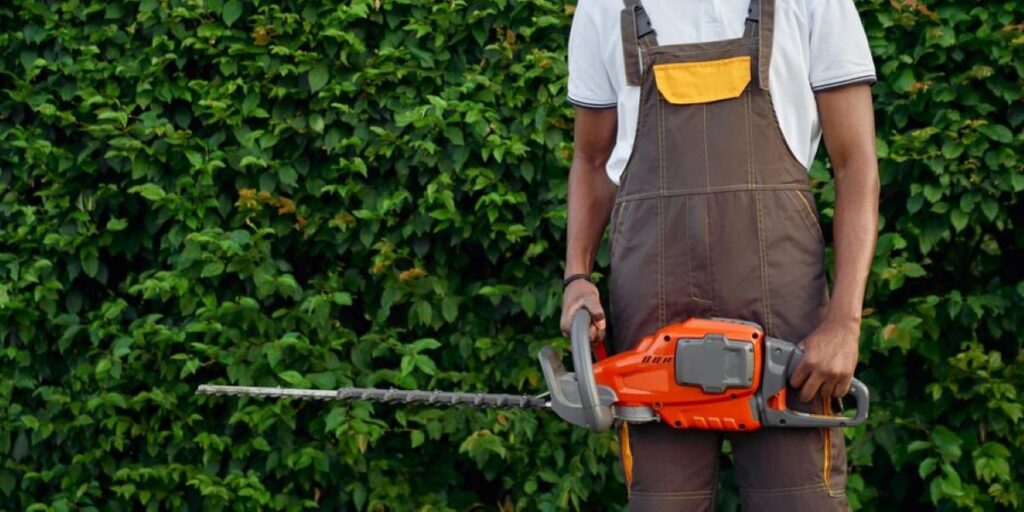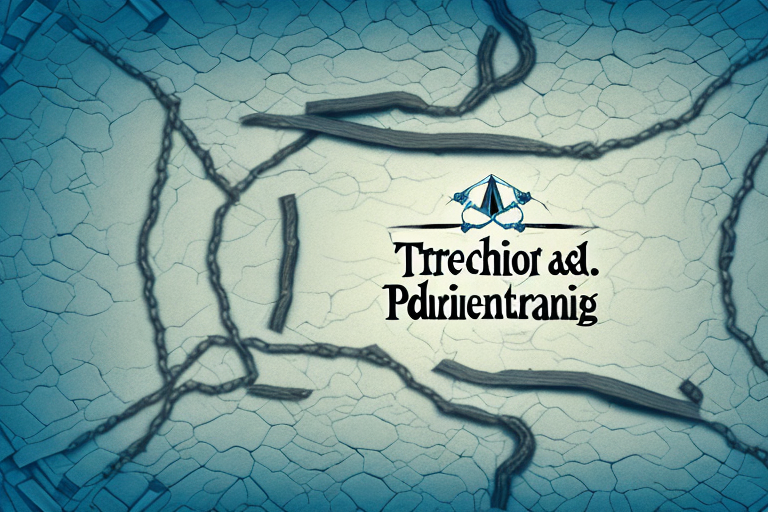Introduction to Flower Delivery in North Sydney
Flower delivery services in North Sydney offer a convenient way to send fresh blooms to loved ones, friends, or even for personal enjoyment. With a variety of options available, it is essential to understand the different aspects of choosing the right service to ensure your floral gifts arrive beautifully and on time.
This guide will explore the various elements of flower delivery north sydney, including types of flowers, delivery options, and tips for selecting the perfect arrangement. Whether it’s for a birthday, anniversary, or just because, the right flowers can convey emotions and sentiments that words often cannot.
North Sydney is home to a vibrant floral scene, with local florists showcasing an impressive selection of seasonal flowers, exotic blooms, and classic arrangements. Many florists pride themselves on sourcing their flowers from local growers, ensuring that the arrangements are not only fresh but also support the community. This commitment to quality and sustainability can make a significant difference in the longevity and appearance of the flowers, allowing recipients to enjoy their beauty for longer periods. Additionally, many florists offer bespoke services, allowing customers to create personalised arrangements that reflect the recipient’s taste and the occasion.
When considering flower delivery, it is also important to take into account the various delivery options available. Many services offer same-day delivery for last-minute surprises, while others may provide scheduled deliveries for special occasions. Some florists even offer subscription services, allowing customers to send regular deliveries of fresh flowers to themselves or their loved ones. This can be a delightful way to brighten someone’s day on a regular basis, making it an ideal gift for those who appreciate the beauty of nature in their home or workspace. Understanding these options can help you choose the best service to meet your needs and ensure that your floral gift makes a lasting impression.
Types of Flowers Available
Seasonal Blooms
Seasonal flowers are a fantastic choice for flower delivery, as they are often fresher and more vibrant. In North Sydney, florists typically offer a selection of seasonal blooms that reflect the time of year. For instance, spring may bring tulips and daffodils, while autumn could feature chrysanthemums and sunflowers.
Choosing seasonal flowers not only supports local growers but also ensures that the arrangement is in line with current trends and availability. Many florists provide a seasonal menu, making it easier to select the perfect bouquet that is both beautiful and cost-effective.
Classic Choices
Classic flowers such as roses, lilies, and orchids remain popular choices for any occasion. Roses, in particular, are synonymous with love and romance, making them a staple for anniversaries and Valentine’s Day. Lilies, with their elegant appearance and captivating fragrance, are often chosen for more formal occasions, while orchids add a touch of exotic beauty.
When selecting classic flowers, consider the recipient’s preferences and the message you wish to convey. Each flower carries its own symbolism, which can enhance the sentiment behind the gift.
Unique and Exotic Varieties
For those looking to make a statement, unique and exotic flowers can be an excellent choice. Varieties such as proteas, anthuriums, and bird of paradise can add flair to any arrangement. These flowers are often less common and can create a striking visual impact.
Exotic blooms can also be a conversation starter, making them perfect for events or gatherings where you want to impress. Many florists in North Sydney offer custom arrangements that incorporate these unique flowers, allowing for a personalised touch.
Understanding Delivery Options
Same-Day Delivery Services
Many florists in North Sydney offer same-day delivery services, ensuring that your flowers can reach their destination quickly. This option is particularly useful for last-minute gifts or spontaneous gestures. However, it is essential to check the florist’s cut-off time for same-day delivery, as orders typically need to be placed by a certain hour.
When opting for same-day delivery, it is advisable to choose arrangements that are readily available to avoid delays. Most florists will have a selection of pre-made bouquets that can be dispatched quickly, ensuring that your gift arrives fresh and beautiful.
Scheduled Deliveries
For those who prefer to plan ahead, scheduled deliveries allow you to choose a specific date for your flowers to arrive. This is particularly useful for occasions such as birthdays, anniversaries, or holidays. By scheduling your delivery, you can ensure that the flowers arrive at the perfect moment.
When scheduling a delivery, consider the recipient’s availability. If they are not home during the day, you may want to arrange for the flowers to be delivered to their workplace or a neighbour who can accept the delivery on their behalf.

Delivery Fees and Policies
Delivery fees can vary significantly between florists, so it is important to review the policies before placing an order. Some florists may offer free delivery for orders over a certain amount, while others may charge a flat fee regardless of the order size.
Additionally, be sure to check the florist’s policy on returns or replacements in case the flowers do not meet expectations. Understanding these details can help avoid any surprises and ensure a smooth delivery experience.
Choosing the Right Florist
Reputation and Reviews
When selecting a florist for flower delivery in North Sydney, it is crucial to consider their reputation. Reading customer reviews can provide valuable insights into the quality of their products and services. Look for florists that consistently receive positive feedback regarding their flower freshness, delivery timeliness, and customer service.
Local recommendations can also be beneficial. Asking friends or family for their preferred florists can lead to discovering hidden gems that may not be as widely known but offer exceptional service.
Range of Offerings
The best florists will offer a diverse range of flowers and arrangements to suit various occasions and preferences. A florist with a wide selection can cater to different tastes and budgets, making it easier to find the perfect bouquet.
Additionally, consider whether the florist provides custom arrangements. This option allows for a more personalised touch, ensuring that the flowers reflect the recipient’s style and the sentiment behind the gift.
Customer Service
Excellent customer service is a hallmark of a reliable florist. A florist that is willing to answer questions, provide recommendations, and assist with any concerns can make the ordering process much smoother. Look for florists that offer multiple channels of communication, such as phone, email, or live chat, to ensure you can reach them easily.
Furthermore, a good florist will be transparent about their policies, including delivery times, fees, and return options. This transparency builds trust and helps customers feel confident in their purchase.
Tips for Sending Flowers
Consider the Occasion
When sending flowers, the occasion plays a significant role in the selection process. Different events may call for different types of arrangements. For instance, bright and cheerful blooms may be more suitable for a birthday, while elegant, subdued colours might be better for a sympathy arrangement. Check out more about Why North Sydney Florists Are Perfect for Corporate Gifts
Understanding the context of the occasion can help guide the choice of flowers, ensuring that the gift resonates with the recipient and fits the event’s mood.
Personalise Your Message
A thoughtful message can enhance the impact of your floral gift. Including a personalised note with your flowers adds a special touch and allows you to express your sentiments more clearly. Whether it’s a simple “Happy Birthday” or a heartfelt message of love, taking the time to craft a meaningful note can make all the difference.
Many florists offer the option to include a card with your flowers, so be sure to take advantage of this feature when placing your order.

Care Instructions
Providing care instructions with your floral arrangement can help ensure that the flowers last as long as possible. Most florists include basic care tips, such as changing the water regularly and keeping the flowers out of direct sunlight.
Encouraging the recipient to follow these instructions can enhance their enjoyment of the flowers, allowing them to appreciate the beauty for days to come.
Conclusion
Flower delivery in North Sydney offers a wonderful way to connect with others and express emotions through the beauty of blooms. By understanding the types of flowers available, delivery options, and how to choose the right florist, sending flowers can be a seamless and enjoyable experience.
Whether for a special occasion or simply to brighten someone’s day, the right floral arrangement can convey love, appreciation, and joy. With this guide, navigating the world of flower delivery in North Sydney becomes a delightful endeavour, ensuring that every bouquet sent is a cherished gift.



















